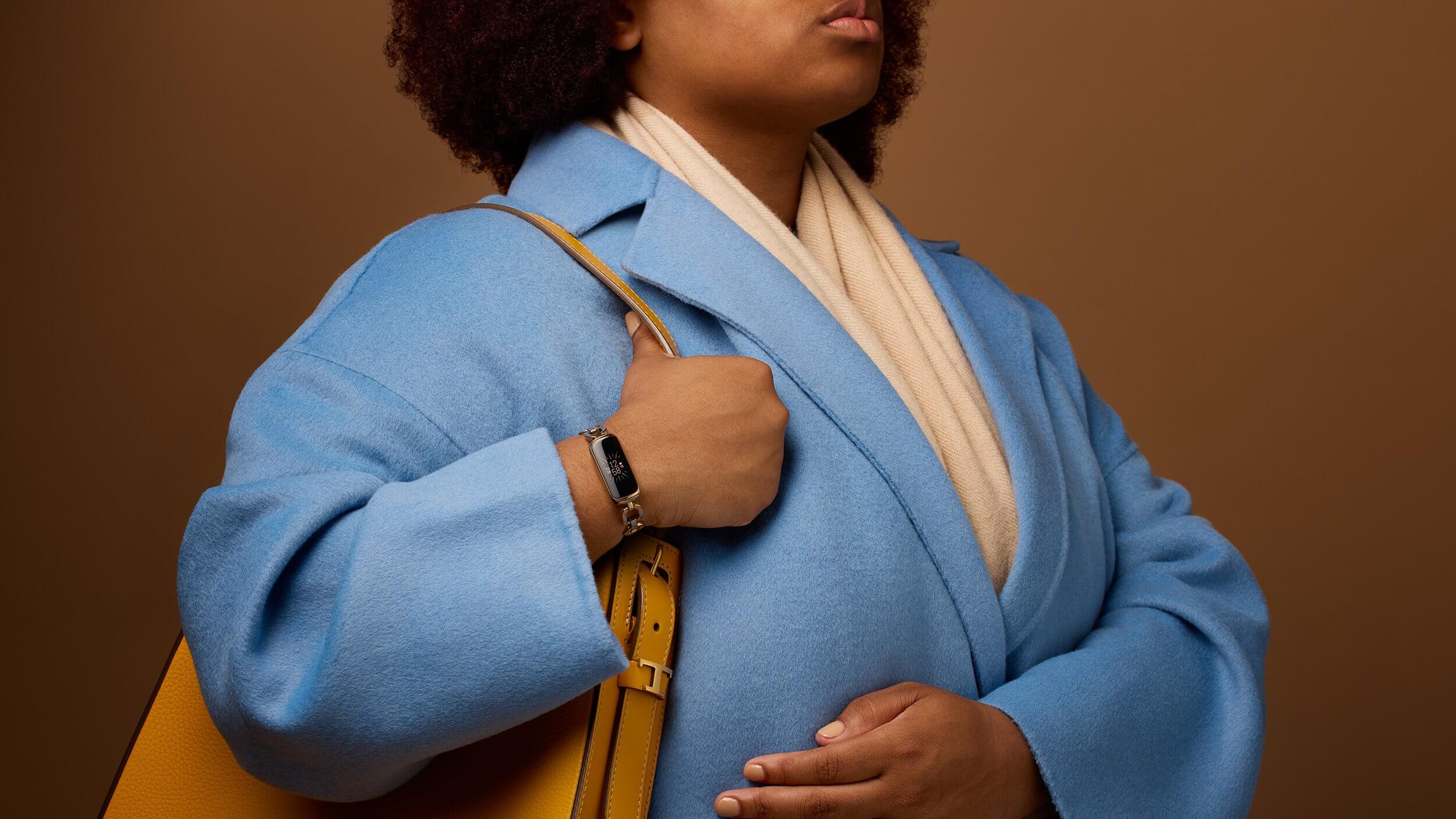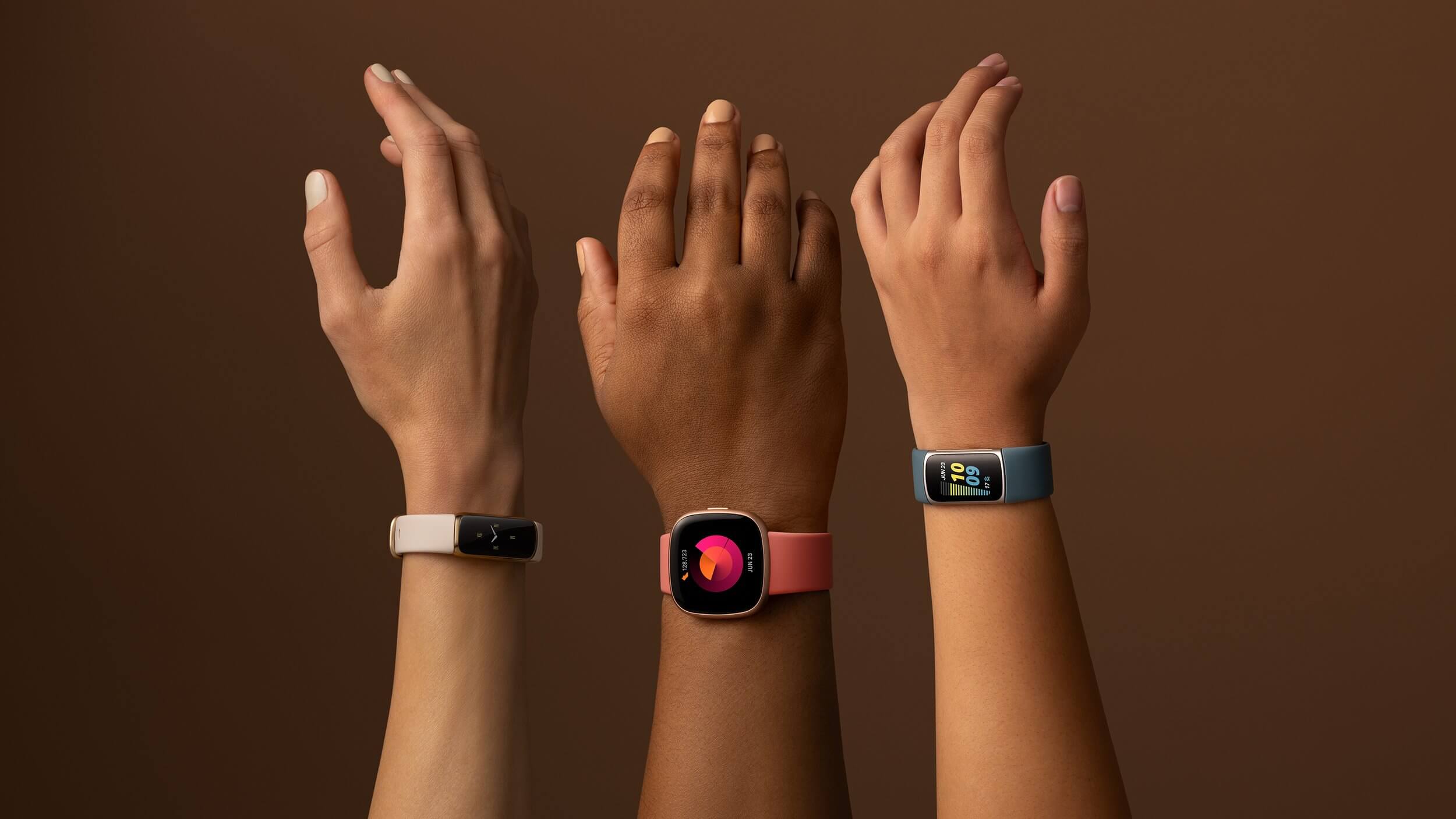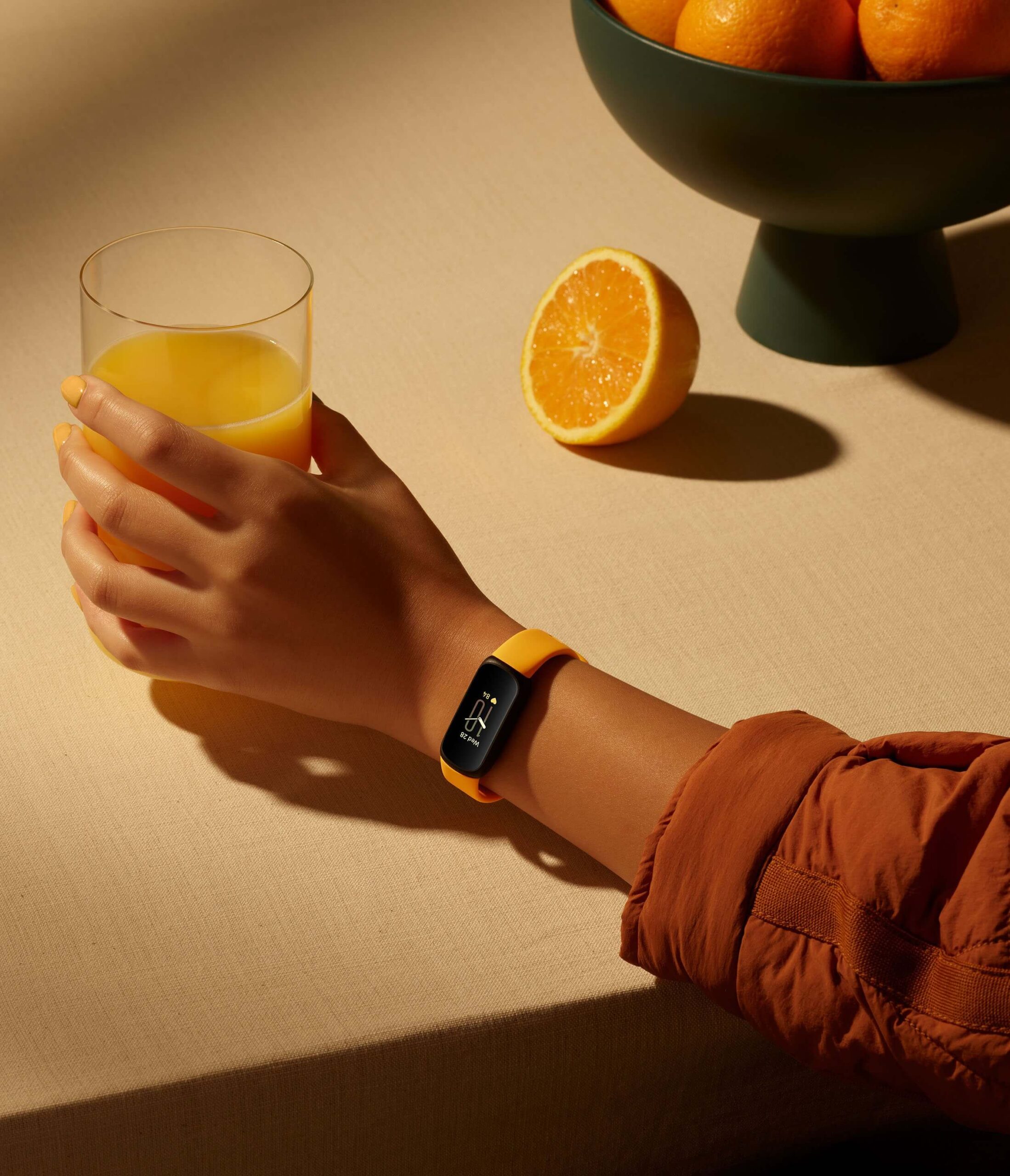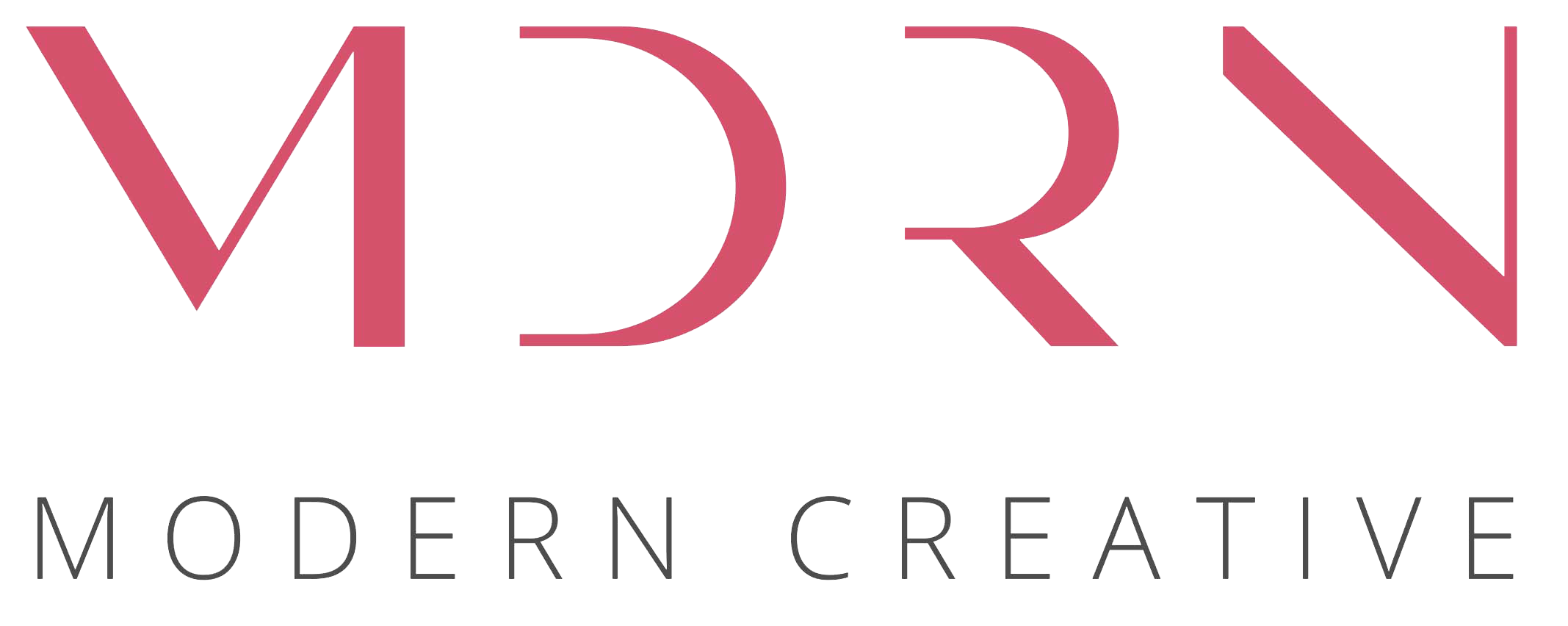
Envision a world where clean design meets playful simplicity. Product photographer, Peter Belanger has done just that with his signature style influenced by Bauhaus. From a journey that transitioned from people to products, let’s dive into the intricacies of product photography and the artistry behind capturing brands with precision and passion.
Website: peterbelanger
Instagram: @peter_belanger
Describe your signature style or approach to photography.
I never set out to have a style. It’s something that has evolved over time without my intention. I’ve always been influenced by Bauhaus design, which focuses on clean, simple elements. Because of this, my work is clean, simple, and focused, with a little playfulness mixed in. Not to say I don’t like chaos; I just tend to simplify a little bit.
What drew you into product photography?
I started out photographing people in school, but there are just so many times you can ask your friends to model for you. This is when my interest started going towards products. Then, when I was looking for an internship, I reached out to several fashion photographers and one product photographer. The only reply I got was from the product photographer, so I went that route. From that experience, I really started to love product photography. When I finished school and moved to San Francisco, I started assisting product photographers, which confirmed this was the direction for me. Now, when I photograph people, they tend to be holding products.

What role does retouching and image editing play in your commercial photography, and what software do you prefer for this?
I try to capture in-camera as much as possible. That’s not always the reality when a client is rushing you, so sometimes I need to combine a couple of photos to make a single image. It’s also very common to use retouching to remove support wires or blocks. Stylistically, I think that 3D rendering has forced photographers to retouch images to be closer to a hyper-realistic look of a rendered image. It’s unfortunate, but luckily I see that trend reversing a little (maybe that could be attributed to shrinking budgets?) I use Capture One to capture and edit my images. The final images are then brought over to Photoshop for all the final work.



What motivates you to pick up your camera each day?
A love for the never-ending creation and learning that photography gives me. There are so many aspects of photography. You can use it to capture your daily life, travel, food, landscape, documentary, editorial, commercial, and so much more. I love them all; it never gets old, and that keeps photography fresh for me. I’ve been revisiting old film cameras as well, which has been fun. I love the suspense of waiting for the film processing to see what came out and how the colors look. What is old is new again.
Can you describe a moment in your career when you felt particularly proud of your work?
When I was in school, I did a project on the Converse All-Star high tops. I really enjoyed the project, but Converse didn’t share my enjoyment and made it difficult for me to complete my project (including a cease and desist letter!) Fast forward to when I was out of school and well into my professional career, Converse hired me to photograph some ads for them, featuring the All-Star high tops. I was proud of the photos and the fact that it felt full circle since my project started with the shoes back in school.


How do you approach capturing the essence of a brand or product in your photography?
I think about their target audience, brand style, color palette and goals for the campaign. Sometimes clients have a very clear direction in mind and other times they don’t. Some brands are playful, others are simplistic. Some clients want to push boundaries and others don’t. From this, I form an idea about my composition and lighting. My lighting strategy is also influenced by the materials that their product is made out of. Sometimes the light is used to tell the story of the materials and shape of the product. The product designer has spent a lot of time on every line and curve of the product, and they want that to show in the photo. Other times, it’s less about the design of the product and more about the emotion the light will create.

If you had to live on an island, and could only take one thing, what would it be?
Maybe a DoorDash account? At some point I’m going to get tired of all the coconut and banana cream pies (I’ve watched a lot of Gillian’s Island!) I’ll need some real food to keep me from going crazy.
If money wasn’t required, what would your dream job be?
I would still be a photographer, but if I can’t pick that, I would love to run a donut shop. It would be a cross between a trendy donut shop and a small Mom and Pop. It would be down-to-earth and not overpriced. Not only would it be fun to make donuts, I could also do all the marketing—so I could still be photographing. The shop would have a counter that people could sit at, like an old diner. I would feel successful when, in one corner, there would be a group of young people snapping photos to post on social media, and in the other corner, there would be an older person reading the paper with their coffee and donut.
Here at MDRN Creative, we believe in creating a community over competition so, if you enjoyed this interview, please leave a comment below or share this post. Thank you!
Interested in be featured on our blog? Hop on over to this form. If we feel you are a good fit, we’ll be in touch.

Love thé photographe André your explanation. Congratulations